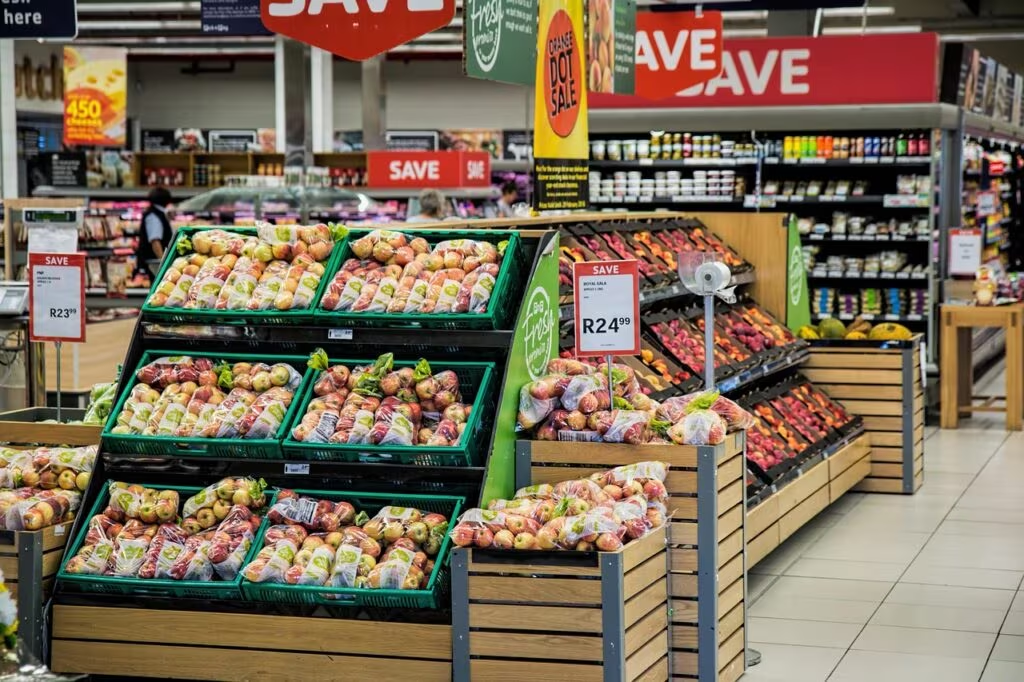Judicial Intervention Secures Temporary Food Aid for 42 Million Americans
A federal judge has signaled a critical intervention in the ongoing budget crisis, indicating on Thursday, October 30, 2025, that she is likely to order the Trump administration to release reserve funds necessary to finance food assistance for November. This potential ruling offers a significant, though temporary, safeguard for the approximately 42 million Americans who rely on the Supplemental Nutrition Assistance Program (SNAP), commonly known as food stamps.
The judge’s indication comes as the federal government faces a looming funding deadline, threatening a lapse in appropriations that could severely disrupt essential services, including benefits distribution. The order, if finalized, would compel the Department of Agriculture (USDA) to tap into contingency resources to ensure states receive the necessary funding to issue benefits at the beginning of November 2025, preventing a major humanitarian crisis just before the holiday season.
The Crisis: Why SNAP Funding Was at Risk
SNAP is one of the nation’s most crucial anti-hunger programs, providing monthly benefits to low-income families, seniors, and people with disabilities. While many entitlement programs (like Social Security) are funded through mandatory spending, SNAP requires annual appropriations from Congress. When a continuing resolution or budget bill expires without a replacement, the funding mechanism for SNAP is immediately jeopardized.
In the weeks leading up to the October 31 deadline, the USDA had warned states that if Congress failed to pass a spending bill, the agency would be unable to guarantee the issuance of November benefits. This uncertainty triggered widespread panic among beneficiaries and prompted legal action by several states and advocacy groups seeking judicial relief.

The Role of the USDA and Contingency Funds
The USDA, which administers SNAP, typically maintains a small amount of carryover or contingency funding. However, the Trump administration had previously argued that using these funds to cover a full month of benefits during a shutdown would violate federal appropriations law, preferring to wait for Congressional action. This stance was challenged in court.
Advocates argued that the USDA possessed the legal authority and the financial means—specifically, these reserve funds—to bridge the gap, thereby preventing immediate harm to vulnerable populations. The judge’s preliminary statement suggests the court agrees with this interpretation, prioritizing the immediate welfare of beneficiaries over the administration’s strict interpretation of budget rules during a funding lapse.
Judicial Authority and the Legal Precedent
The judge’s decision to likely issue an order stems from the recognition of the irreparable harm that would be caused if 42 million people suddenly lost their primary source of food assistance. This judicial intervention is highly unusual in budget disputes but reflects the severity of the potential consequences.
Key Legal Implications:
- Mandatory Spending vs. Appropriations: The ruling hinges on whether the court can compel the executive branch to treat previously appropriated funds (even if designated as reserves) as immediately available for benefit distribution, overriding the administration’s interpretation of the shutdown rules.
- Protecting Beneficiaries: The court is effectively using its power to ensure the continuity of a life-sustaining program, setting a precedent that the well-being of beneficiaries outweighs the political maneuvering over the budget.
- Temporary Relief: Crucially, this order would only provide funding for November. If the government shutdown or funding impasse continues into December, the crisis would resurface, requiring Congress to act or further legal challenges.
“The potential for widespread hunger and instability among the nation’s most vulnerable citizens constitutes an emergency that warrants immediate judicial consideration,” the judge indicated, stressing the need to ensure the continuity of the benefit pipeline to the states.
Practical Impact for States and Families
For state agencies responsible for distributing SNAP benefits, the judge’s indication provides immediate relief and clarity. States rely on federal transfers to load Electronic Benefit Transfer (EBT) cards, a process that must be initiated well before the start of the month.
What Beneficiaries Need to Know:
- November Benefits Expected: Based on the judge’s likely order, SNAP benefits for November are expected to be loaded onto EBT cards on schedule, typically within the first few days of the month, depending on the state’s distribution cycle.
- Temporary Solution: This is not a permanent fix. Beneficiaries should monitor news regarding the federal budget negotiations, as the long-term continuation of funding depends on Congress and the administration reaching an agreement.
- No Action Required: Beneficiaries do not need to take any action in response to the court’s decision; the funding transfer is handled between the federal government and state agencies.

The Political Backdrop
This judicial intervention underscores the high stakes of the budget negotiations between the Trump administration and Congress. The administration has been under intense pressure from both Democrats and moderate Republicans to avoid a shutdown that impacts critical programs like SNAP, which serves roughly one in eight Americans.
The use of reserve funds, while ensuring immediate relief, may become a point of contention. The administration may argue that the court is overstepping its bounds by dictating how discretionary funds are used, potentially leading to an appeal. However, the immediate political pressure to avoid starving millions of people is immense.
Key Takeaways and Next Steps
The judge’s preliminary decision provides a crucial buffer against the immediate effects of a government funding lapse on food aid. Here are the essential points:
- Immediate Relief: SNAP benefits for approximately 42 million Americans are highly likely to be secured for November 2025 through judicial order.
- Mechanism: The order would force the Trump administration’s USDA to use existing reserve or contingency funds to cover the cost of the benefits.
- Temporary Fix: This solution only addresses November funding. A long-term resolution requires Congress to pass a budget or a continuing resolution.
- High Stakes: The ruling highlights the extreme consequences of the ongoing political stalemate on essential social safety nets.
While the legal process must still finalize the order, the judge’s clear statement provides the strongest indication yet that the nation’s primary food assistance program will remain operational through the start of the next month, buying Congress precious time to resolve the underlying budget crisis.
What Comes Next in the Budget Battle
Attention now shifts back to Capitol Hill. The judicial intervention removes the most immediate and politically damaging consequence of the budget impasse, potentially reducing the urgency for lawmakers to act quickly. However, the underlying funding deadline remains.
If the order is issued, the administration must comply, ensuring the transfer of billions of dollars to states. Should the funding lapse continue beyond November, the administration and Congress will face renewed pressure to find a solution before the December benefit cycle begins. The court’s action has provided a short-term safety net, but the responsibility for a lasting solution rests squarely with the legislative and executive branches.
Original author: Mariana Alfaro, Todd Wallack
Originally published: October 30, 2025
Editorial note: Our team reviewed and enhanced this coverage with AI-assisted tools and human editing to add helpful context while preserving verified facts and quotations from the original source.
We encourage you to consult the publisher above for the complete report and to reach out if you spot inaccuracies or compliance concerns.

